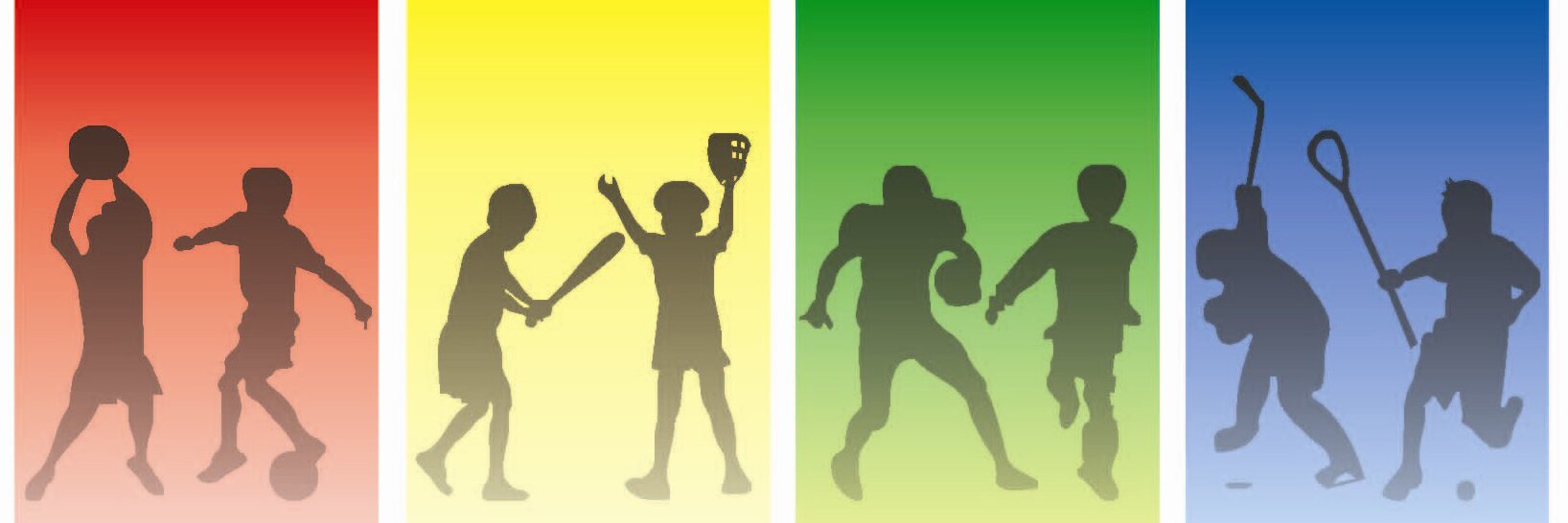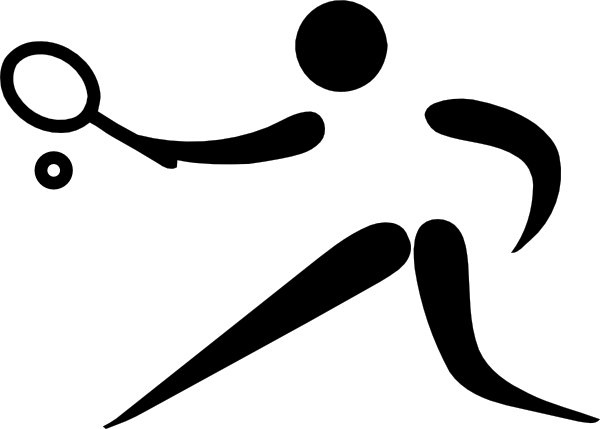Goalkeeper Distribution: Throws, Rolls, And Side-Volleys
If you're aiming to elevate your abilities as a goalkeeper, mastering distribution is essential. Whether you’re using a sharp throw, a quick roll, or a powerful side-volley, each technique shapes how effectively your team transitions from defense to attack. Spotting the right moment and executing these skills with control can make all the difference. But how do you decide which method best fits the situation—and what’s the key to consistent, game-changing accuracy?
The Importance of Effective Goalkeeper Distribution
Effective goalkeeper distribution is a critical aspect of modern football, influencing a team's ability to build play from the back and execute counter-attacks. Mastery of distribution techniques, including throws, rolls, and side-volleys, can enhance a team's possession and ability to penetrate an opponent's defensive structure.
Research indicates that accurate distribution correlates with approximately a 30% increase in successful attacking opportunities, underscoring the importance of precision in this area.
By tailoring distribution methods to specific game situations, goalkeepers can facilitate a swift transition from defense to offense and locate open teammates more effectively. Regular practice in these techniques not only improves individual confidence but also contributes significantly to the overall performance of the team.
Therefore, emphasis on effective distribution can be viewed as a fundamental component in contemporary football strategy, affecting both gameplay dynamics and team outcomes.
Mastering the Throw: Accuracy and Speed
Effective goalkeeper distribution is critical for supporting team play, and mastering the throw requires focusing on both accuracy and speed. A successful throw balances quick delivery with precise targeting, allowing throws to reach teammates in advantageous positions. To achieve this, goalkeepers should engage their entire body—utilizing legs, core, and arms—to produce power while maintaining accuracy.
Practicing both underhand and overhand throwing techniques is essential, as different match scenarios may require distinct approaches. Consistent throwing drills that incorporate visual targets can enhance accuracy and help goalkeepers perform under pressure.
As goalkeepers develop muscle memory, they're likely to execute fast and accurate throws, which can initiate attacks and keep opponents facing defensive challenges.
Perfecting the Roll: When and How to Use It
The roll is a fundamental technique for goalkeepers when quick and precise distribution is required over short distances. It allows a goalkeeper to accurately transition the ball to teammates who are typically positioned between 10 to 20 yards away. Utilizing the inside of the foot for this technique is essential, as it helps maintain control and keeps the ball low, thereby reducing the likelihood of interception by opponents.
Prior to executing a roll, it's important for the goalkeeper to assess the field by scanning for both pressure from opposing players and the positioning of teammates. This analysis can enhance the distribution’s effectiveness, particularly during counter-attacks.
The timing and execution of the roll necessitate consistent decision-making, as the goalkeeper must quickly determine the best option for distribution under potentially high-pressure situations.
Regular practice of the roll not only refines technical skills but also builds confidence in high-pressure scenarios. Goalkeepers are encouraged to incorporate this technique into their training to improve overall performance during a match.
Side-Volley Technique for Modern Goalkeepers
The side-volley technique has gained traction among modern goalkeepers as an effective method for distributing the ball efficiently over long distances.
To develop proficiency in this technique, keepers should engage in targeted drills that emphasize both consistency and form.
One effective exercise is the Side Volley into the Net drill, which focuses on building muscle memory. This exercise allows goalkeepers to concentrate on their technique without the added variable of distance, thereby enhancing their overall execution.
Aimed Side Volley drills further refine this technique by requiring the goalkeeper to direct the ball to specific zones, promoting accuracy and purposeful distribution. Practicing with a partner under match-like conditions introduces an element of pressure that's crucial for improving timing and decision-making during real-game scenarios.
Incorporating variations, such as performing low or high volleys, can also increase a goalkeeper’s versatility in distribution.
This varied approach enables keepers to adapt to different game situations more effectively and to select the appropriate type of volley based on the context of the play.
Top Drills to Enhance Side-Volley Accuracy
To enhance side-volley accuracy, it's beneficial to engage in targeted drills that break down the movement into manageable steps while also simulating in-game scenarios.
One effective drill is the "Side Volley into the Net," where a player performs 10 to 15 side volleys. This drill emphasizes the importance of consistency and technique in executing the side volley effectively.
Another useful drill is the "Aimed Side Volley," which focuses on targeting specific zones to improve precision and distance. By completing another 10 to 15 repetitions, players can develop a better aim and control in their side volleys.
Incorporating partnered drills, such as side volley exercises with a scoring system, can simulate competitive pressure and reinforce the importance of accuracy under such conditions. This approach allows players to practice execution in a more realistic context.
Finally, the "Partnered Match Speed Side Volley" drill is designed to enhance timing and movement, which are critical factors in volley accuracy during a match.
Integrating Distribution Skills Into Match Scenarios
While drills are essential for enhancing technical abilities, it's crucial for goalkeepers to link distribution skills—such as throws, rolls, and side volleys—directly to match scenarios to optimize their performance.
Incorporating these distribution techniques into game-like situations helps replicate the intensity and pressure experienced during actual matches. For example, practicing side volleys at match speed with a partner fosters accurate passing while also encouraging effective communication with teammates and the swift initiation of counter-attacks.
Combining focused drills with real-match simulations enhances decision-making and improves the precision of distribution efforts.
Conclusion
By sharpening your distribution skills—throws, rolls, and side-volleys—you’ll transform your role as a goalkeeper. Quick, precise distribution lets you spark counter-attacks and support your team under pressure. Consistent, focused practice on these techniques builds your confidence and ensures you’re ready for any situation. Remember, great distribution isn’t just about power; it’s about smart decision-making and accuracy. Embrace every training session, and you’ll see your game—and your team’s—reach new heights.



